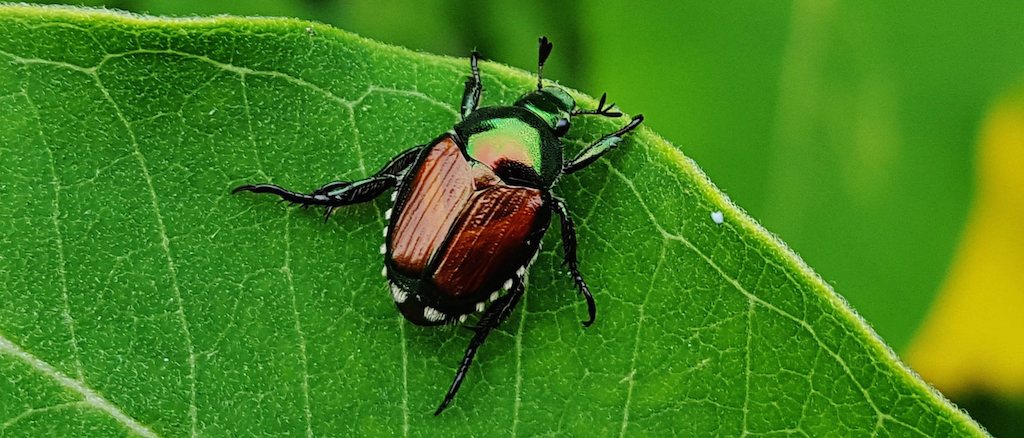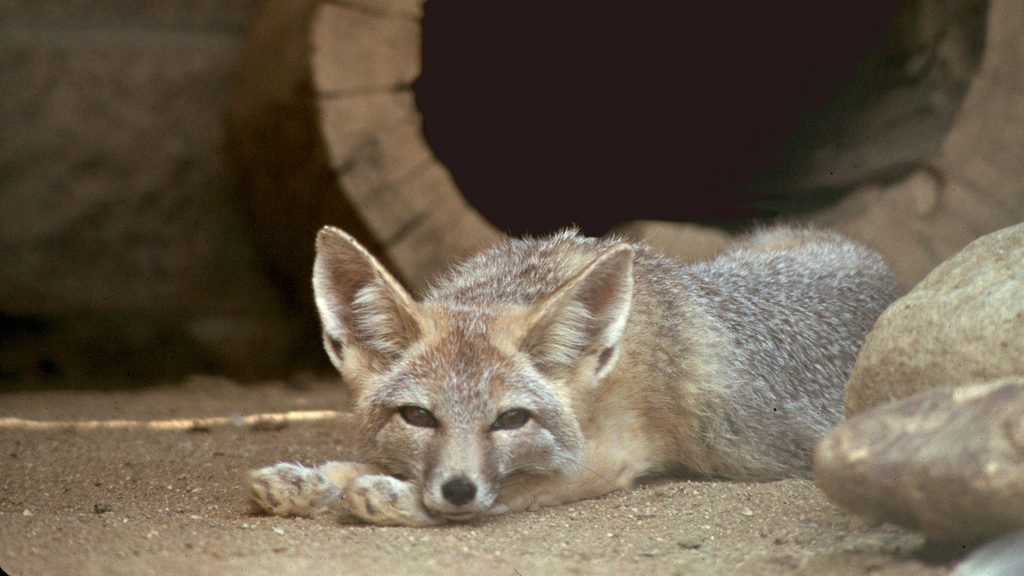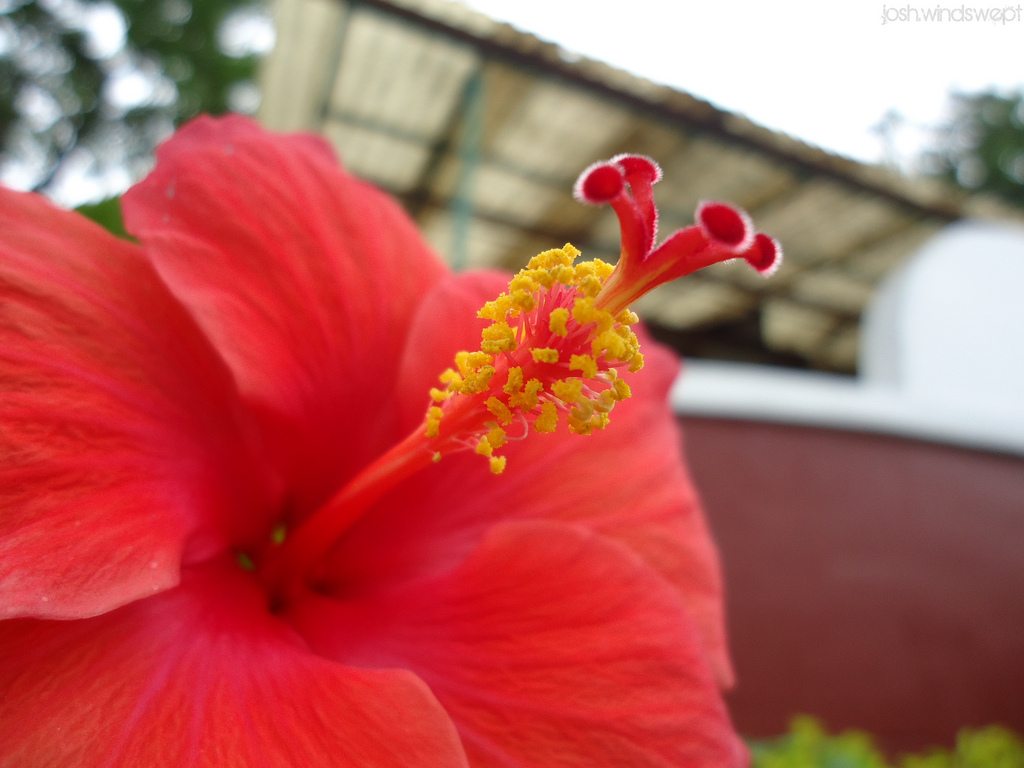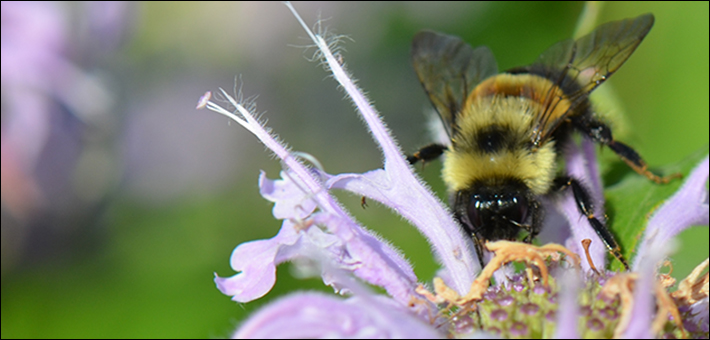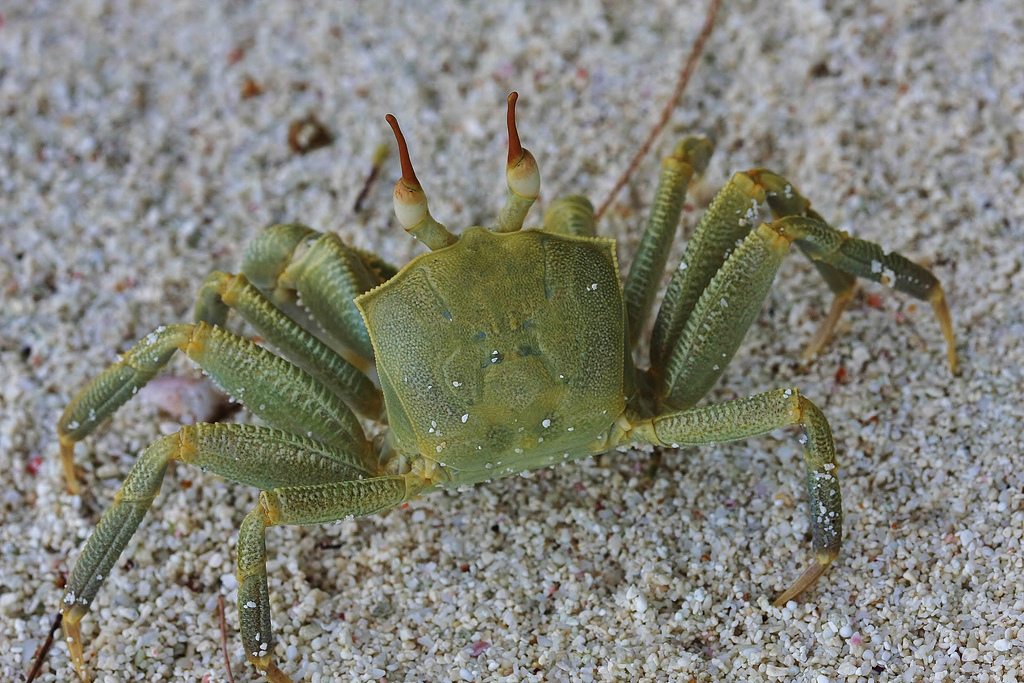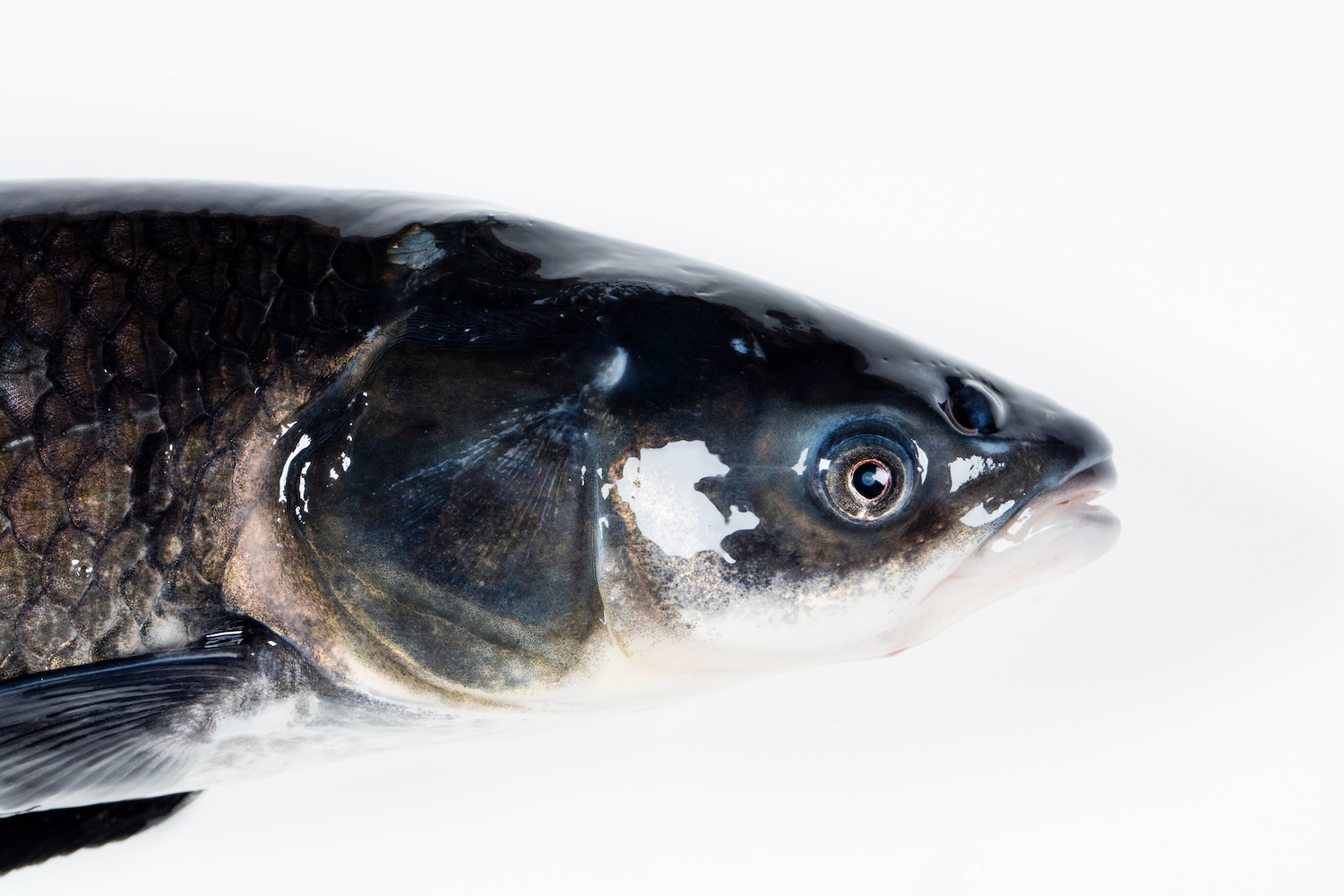We’ve all heard the same thing over and over: Invasive species are bad, they choke out native plants and animals, they multiply rapidly in the absence of natural predators, and they take over entire habitats that once belonged to fragile flora and fauna.
At least that’s how the story tends to be told, both in scientific papers and in the digital pages of this magazine. But sometimes informal definitions have their consequences. A new study shows that when scientists go into conducting an experiment with preconceived notions about how non-native species interact with their surroundings, those ideas can affect the results of their experiment. Even invasive biologists have to deal with scientific bias.
But let’s back up for a moment. The term “invasive” was coined in the 1950s to describe plants and animals that live in an environment where they didn’t originate. Since then, the term has been used to describe pretty much any somewhat exotic animal or plant from kudzu to wild boar. And extensions of the “invader” metaphor have influenced the dialogue surrounding these species in all kinds of subtle ways.
Researcher Robert J. Warren, associate professor of biology at SUNY-Buffalo State, who published a paper on “context bias in invasion biology” last month, told me he’s been at a conference where the keynote speaker used combat metaphors to talk about non-native plants and animals. “He made two analogies—one, ‘we need to set the Maginot Line,’ which was what the French did to stop the Nazis (and didn’t work), and later, ‘we need to be like the Spartans at Thermopylae,’ (which also didn’t work)! That was kind of the funniest example of war language.”
Some scientists have recognized this tendency and pushed back against it. Science is supposed to be objective, the logic goes, and assuming something is the enemy might affect the way you observe it. Fast forward to 2014, when author Ken Thompson published a book called Where Do Camels Belong? In it, he argues for a shift in the way invasives are talked about: sure, some of them cause problems, but maybe a few of them aren’t so bad after all. Why malign everything that’s ever crossed a border? “It’s sort of a provocative, gadfly kind of book that suggests very strongly that invasive biology is a bad sub-discipline that is very biased,” Warren says.
Thompson’s book got Warren and a group of grad students thinking. They weren’t really interested whether or not invasive species are helpful or harmful—”I’ve never seen invasive species do anything that wasn’t ecological,” says Warren. What they were interested in was figuring out whether or not the kind of “boilerplate,” anti-invasive language I used to open this piece can actually affect the outcome of an experiment. If I’m a scientist observing ten fish in a pond, will the fact that I know one of them is an invasive species affect the way I look at its interactions with other fish?
The research team looked at 650 studies on invasive species and competition. What they found was that studies that used negative “boilerplate” language tended to include interpretations that were not kind to invasive species. But they also found some good news, too. That bias has been declining since the mid-2000s.
John Thompson, Coordinator of the Catskill Region Invasive Species Partnership (CRISP) remove Mile-A-Minute (a highly invasive plant species) from a location in Woodstock, New York
Back to the meta-study: If bias truly didn’t exist, there wouldn’t be a difference between results in experimental studies and results in observational studies. But Warren’s team found that preconceived notions about invasive species do appear to make a difference. “We found a really clear effect,” he says. That effect is decreasing, though, and Warren thinks it’s largely because people within the discipline are becoming aware of the bias. No one wants to conduct a biased study.
Still, Warren says reactions to the paper itself have been divisive. Critics still want to think invasive biology is inherently biased, while defenders of the status quo deny a bias even exists. “What we’ve found with this paper is very mercuric reactions. Those who don’t like invasive biology as a subject have really criticized us and say, [bias is] not decreasing. Well, okay, but here’s the data. Those who are very defensive of the sub-discipline have been really angry with this research and said, ‘we’re not defensive, you are.’”
Of course, invasive biology is a tiny sub-discipline, and the effects of infighting over the opening paragraphs of a set of academic papers are not likely to be felt around the world. But the debate illuminates a bigger issue: Science is supposed to be about objectivity. And perfect objectivity might not exist, despite everyone’s best intentions. That scares people. “It’s kind of like our country as a whole. There seems to be this dichotomy of black or white, without a lot of gray,” Warren says.
The Snakehead fish is an invasive species scientists believe can threaten native fish
There is another recent example in which the scientific community changed the way it described a phenomenon—a phenomenon that is much broader in scope, and that makes headlines every single day. About ten years ago, Warren noticed “climate change” had gradually replaced “global warming” as the predominant term used to describe changing global weather patterns. “Climate change,” he says, is more accurate—it describes droughts and storms, not just temperature. “The scientists that were publishing on climate change were just getting so horribly attacked. It sort of just lended itself to maybe trying to step back. They had to be very objective.”
The scientific community’s efforts to take emotional language out of the headlines may not have succeeded—even references to relatively demure “climate change” are being scrubbed from government agency websites one by one. Still, Warren’s finding that scientists seem to have self-corrected against bias is a heartening one. Here’s hoping that, even if invasive species ultimately undergo a global warming-style rebrand, their presence will never be as threatening as climate change.
